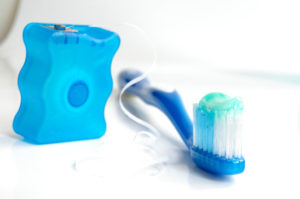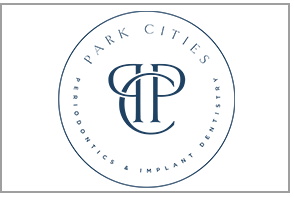 While oral hygiene habits like brushing and flossing are quite important to your efforts to prevent gum disease, patients still may develop this condition despite their diligence in the oral hygiene department.
While oral hygiene habits like brushing and flossing are quite important to your efforts to prevent gum disease, patients still may develop this condition despite their diligence in the oral hygiene department.
Patients may still notice signs of inflammation, such as redness, bleeding or puffiness in the gums, even when they do brush and floss daily. They may be using poor technique, resulting in plaque and tartar buildup despite their oral hygiene routine. For example, if you don’t brush thoroughly in the vicinity of the gumline, bacteria can easily collect in the area and attack the gum tissue.
In addition to brushing and flossing each day, you also must see your dentist for cleanings and exams every six months. This professional care is an important complement to your home regimen, which may not be completely effective in eliminating bacteria from hard-to-reach areas in your smile. If you’re skipping this care, you may be at increased risk for gum disease.
Some patients may also be more susceptible to gum disease due to genetic factors. Diet may also play a role in the development of gum disease, as oral bacteria feed on sugars left behind in the mouth after eating sweet treats.
If you notice signs of inflammation in your gum tissue, you should contact a periodontist to schedule an evaluation and learn about your treatment options. Don’t delay getting treatment for your periodontal disease, as its symptoms will only become more severe if you ignore the condition. Additionally, early stage gum disease, also known as gingivitis, can be treated by a comprehensive cleaning by a periodontist, but more advanced stages of the disease require more invasive procedures.
It’s not unheard of to develop symptoms of periodontal disease even if you’re conscientious about your oral hygiene routine. Do you have concerns about signs of inflammation in your gums? Contact our team at Park Cities Periodontics and Implant Dentistry and schedule an appointment today.






